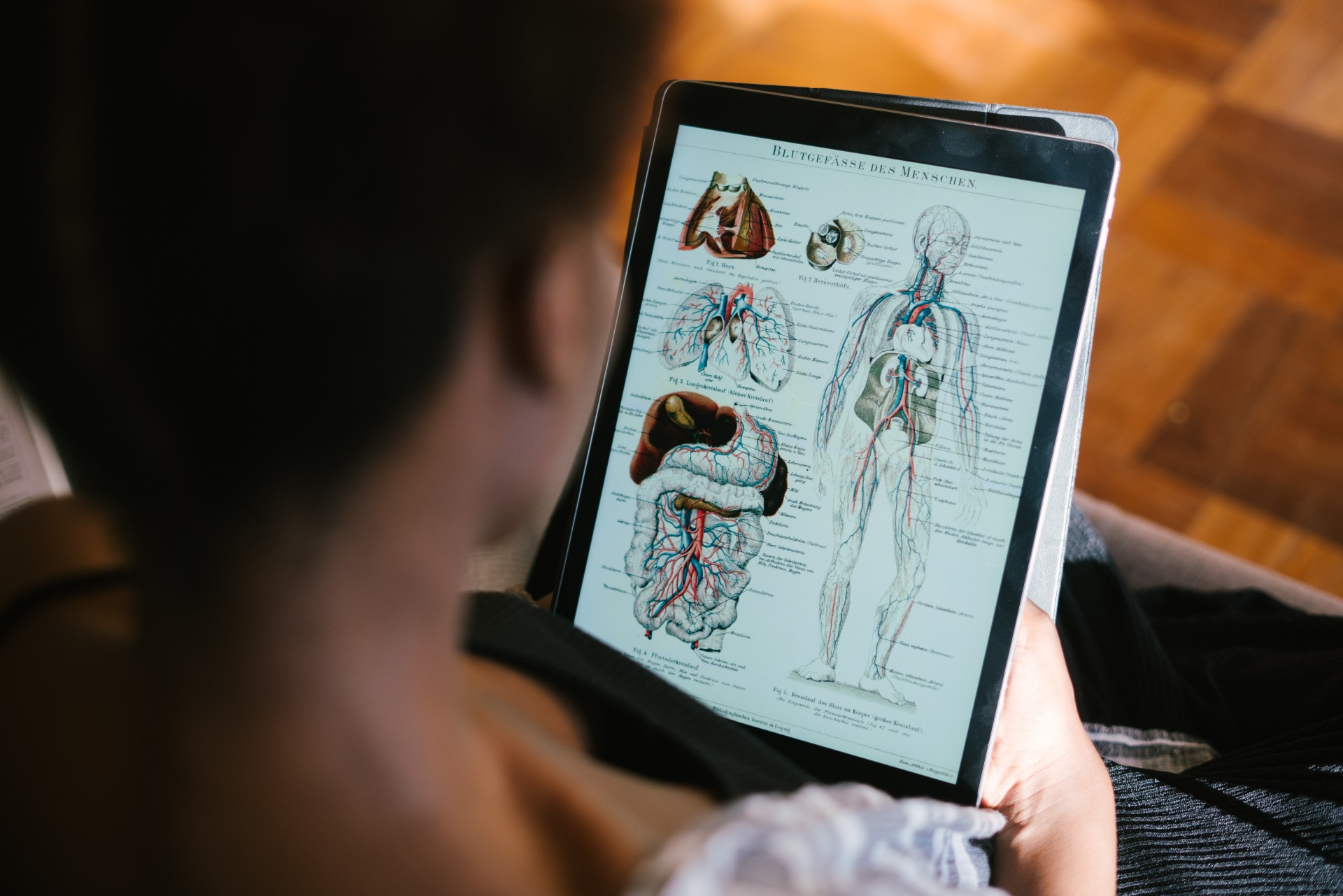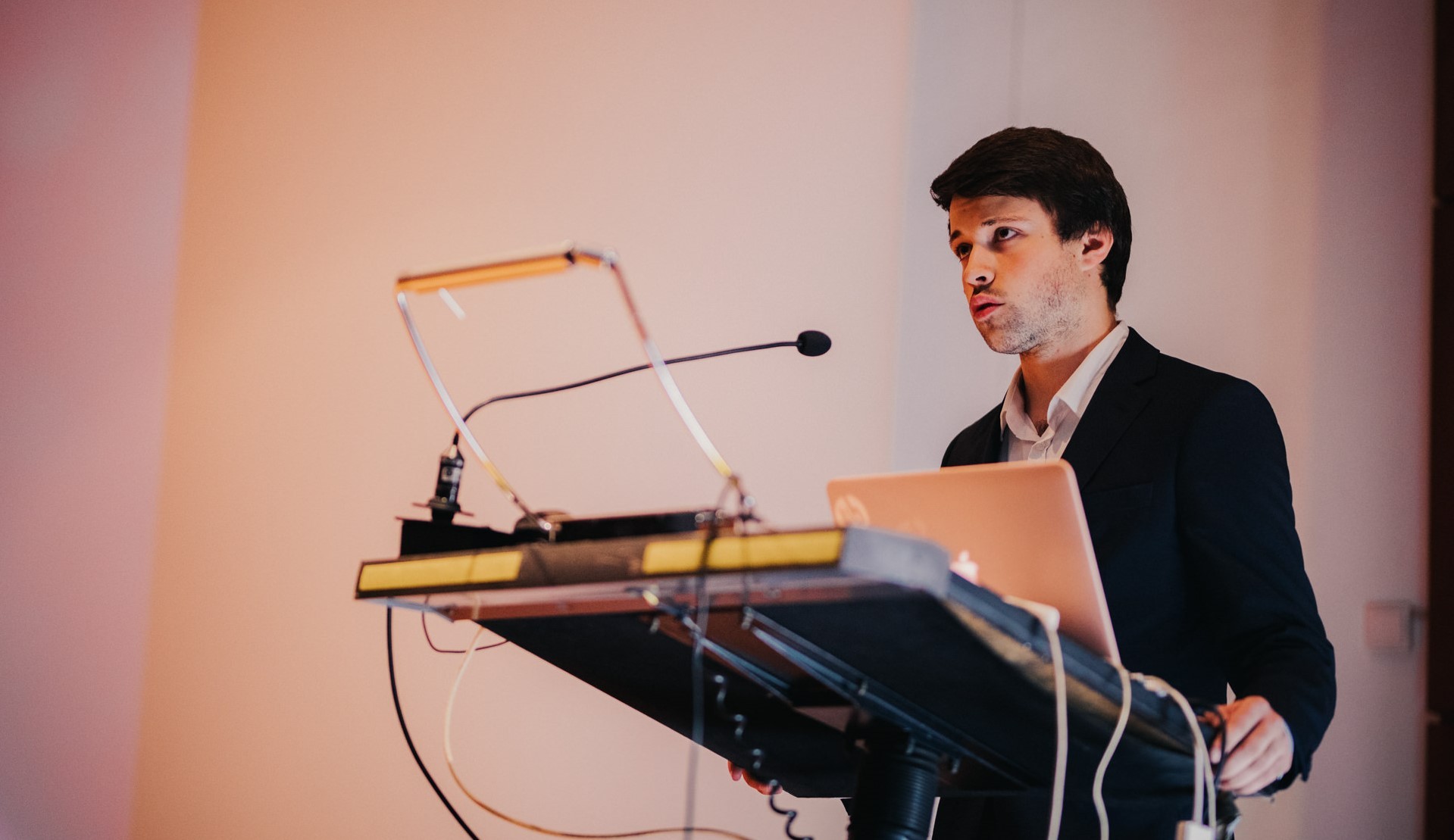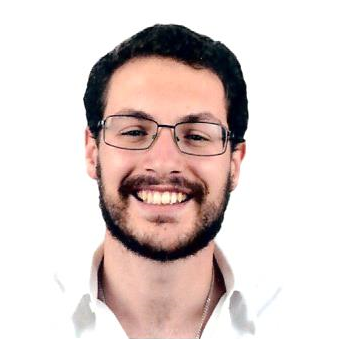
The moment is not easy for any of them. It's like a D-day that decides the direction of their professional lives, eventually the direction of their whole life.
After six full years of study, the day of the last formidable exam has arrived. Called the Harrison for the past 40 years and now called National Exam to Access Specialized Training, it is different. This was the first year of the new Exam, which on 18 November made students look for the best placement for the medical specialty. The new exam brings together subjects from 8 different manuals and more medical areas: Surgery (15%), Paediatrics (15%), Gynaecology/Obstetrics (10%), Psychiatry (10%), continuing to maintain the predominance of Medicine (50%). The goal is to memorise fewer topics and to know how to apply more logical thinking in the clinical cases presented. There are 150 questions, in an exam that lasts 4 hours, divided into two parts of 2h20 each, with an interval of just over 1 hour. This is the time they have to compete for the best result, thus positioning themselves for the specialty they want to choose. In the ranking of specialties for 2020, there is Dermatology (96%), Plastic Surgery (96%), Ophthalmology (95%), Gastroenterology (92%) and Otorhinolaryngology (92%) in the top 5 most sought after.
Along the way there are always hundreds of students who can only be designated as “task” doctors, those who are paid by the hour and are undifferentiated, since they have no specialty. In 2018 alone, around 600 were in this situation. If they want to change the situation, they have two possibilities: leave the country or try to sit a new exam and redo their professional path.
"What we felt as we saw our colleagues not entering the specialty, was that it was useful for the Health System itself that these undifferentiated doctors would be left to do simpler tasks in emergency services (i.e. they may receive patients wearing green bracelets), balancing an already declining NHS. What I question is what quality are we giving the Service, because we leave the faculty with good theoretical preparation but just some practice, which has to be refined. It is still necessary to have a tutored learning that lasts an average of 5 years. Now, these differentiated colleagues will practice a completely free and untutored Medicine. The quality has gone from a top level to an intermediate level". This is what Tomás d'Elvas Leitão, former student of the Integrated Master Degree and presented later, confided to us.
Although the number of places of access to the specialty has been increasing in recent years, hundreds of students remain without a solution each year. On the other hand, the news tells us that the National Health Service (NHS) does not have enough doctors to respond to the numerous waiting lists, or the hospital areas scattered throughout the country do not have enough resources. It was precisely this scenario that led most of the students who took the NAE, as well as many others from other medical years, to sign a document proposed by the National Association of Medical Students (ANEM).
This letter calls for a fresh approach to human resources in health, trying to prevent the NHS from running out of human resources to respond to patients. Delivered on 19 November to the Ministry of Health, the letter also called for “the establishment of an Observatory for human resources planning, which includes not only the Ministry of Health, but also the Ministry of Higher Education (because of undergraduate education), the Medical Association, rectors, directors of medical schools and the students themselves" as Vasco Mendes, ANEM President, told Diário de Notícias.

José Rodrigues, President of the Student Association of the Faculty of Medicine of Lisbon and other leaders of AEFML joined Vasco Mendes, delivering about 3000 signed letters. "ANEM was received with impact as it had never been before. It was a symbolic and very important moment because there were representatives of almost all medical schools in the country delivering the letters. We all came together on this”.
Most of these students deny the successive news reports that there are insufficient doctors in the public sector, explaining that there is no shortage of doctors, they are simply badly distributed. This statement is backed by arguments substantiated by José Rodrigues. "The entry of many medical students affects the very quality of teaching and medical schools. There is evidence that the number of students entering medical schools is relatively higher than the number of doctors who need to be trained each year to ensure assistance to patients. On the other hand, in order to guarantee quality internships, it is necessary to set boundaries. This is not only a paradox but it creates disharmony. This decision is no longer ours, it is a political decision".
He sat the exam last year, the last Harrison, and was not admitted by 1%. This year, José Durão re-sat the exam, undergoing a new study process, as the formula completely changed. He had the opportunity to experience the differences between last year and this year.

“The method of study for Harrison was increasingly refined, the preparation schools essentially provided the best tips for memorizing and systematizing mantras and mnemonics that enabled absorbing the multitude of facts that could be asked and people, in general, knew how to study for the exam, so much so that high grades became increasingly common. That all changed with the new exam. The topics expanded, the bibliography increased from one to eight, and the question model now involves much more clinical reasoning rather than evocation of memorised text. The cases are presented to us in clinical vignette mode with a summary of the patient's history and we may be asked for an approach, a complementary diagnostic examination, a diagnosis, a therapy, and so forth. Whereas with the Harrison we could be asked which of the genes, out of five, is mutated in a particular genetic disease, in the new exam they describe the signs and symptoms of a patient, as well as the result of the genetic testing he/she has done, and ask us the most likely diagnosis. It may seem that the result is the same - knowing that a mutated gene is associated with that disease - but the thinking is radically different, much closer to what we learn in the degree and that we will use more later in clinical practice. I think it is important to add that while the new exam is intended to be more targeted and more like the American model of question-making, I was (like several colleagues I spoke to) a little disappointed with the exam on 18 November. Judging by the pilot test, I was somewhat enthusiastic about the possibility of taking an exam really based on clinical practice, on a well-established content matrix. However, the exam posed a number of rather dubious questions that did not fully reflect the contents described in the matrix. It had excessively long statements, especially in the first part, which made the exam globally unbalanced. Still, it was and will always be preferable to the old exam. It remains to be hoped that the NAE Office will be able to learn from experience and improve the exam for years to come”.

Let's go back to Tomás d'Elvas Leitão, now an internist, who studied medicine at FMUL and where he teaches microbiology. He remained on campus for full conviction and love of the faculty. In 2018, he sat the Access Exam, chose Anaesthesiology as a specialty, one of the areas whose human resources are the scarcest at the Northern Lisbon University Hospital Centre. “In my year it was particularly bad because it was the last exam in that format (Harrison). This made a difference because we were used to studying 5 major areas: Cardiology, Pulmonology, Haematology, Nephrology and Gastroenterology. Changing the type of exam meant that those used to study those subjects, if they wanted to re-sit the exam the following year, would no longer just be able to revise the whole content. Everything would need to be done from scratch. What we thought was that if it went wrong, nothing would be the same the following year. The pressure was horrible”. He says he is particularly relaxed and not easily anxious as a person, but the moment he sat down to take the exam, he was particularly distressed. "I took a deep breath and focused. The first questions went very badly. But I continued the exam and even finished quickly, which allowed me to reread everything. I left with a concrete idea of the grades I was going to have. After finishing the exam, I was perplexed, as if I didn't react to anything. I found myself thinking "now I have nothing to study". Because for a year I couldn't do anything else”.

One day after the exam, the corrections are officially published, which allows each student to roughly predict the grades they will have. What makes them anxious is not knowing where they are positioned in the ranking and whether they will be able to choose their desired specialty. Therefore, they create Facebook groups where they exchange information, trying to get a global forecast of these vacancies.
According to the Central Administration of the Health System (ACSS), in 2020 it is intended to further increase the number of vacancies for the specialty up to 2110. Speaking to Lusa, the President of the Portuguese Medical Association, Miguel Guimarães, said that the increase in vacancies should be explained on a case by case basis, yet he listed some examples: “in same situations, it may be linked to the restoration of training capacity in the services, in others to the reorganization of units. There will also be an increase in vacancies in private hospitals”.
Even with this increase in vacancies, they still do not keep up with demand, so the problem persists for medical students.
For now, the approximately 2500 students enrolled await the results of this new National Exam to Access Specialized Training. The results will come out by 30 April next year.
Recent news indicates that some of the new internal doctors may be compulsorily linked to the Services for a period of time after the internship. This would be good news if conditions were met, some interns and students report. With no career advancement, no pay rise, accumulating excess hours in emergency rooms, and dealing with a shortage of materials and technical resources, going private is at least a tempting option, they say.
Still, those who mostly want to fight for causes and keep the country active continue, trying, many of them, to honour their coats on a campus they are particularly fond of.
Want to meet some of the people who will sit the National Access Exam next year and know what motivates or demoralizes them? Meet them in an article where they talk in the first person.
Meet them in an article where they talk in the first person.
Joana Sousa
Editorial Team


